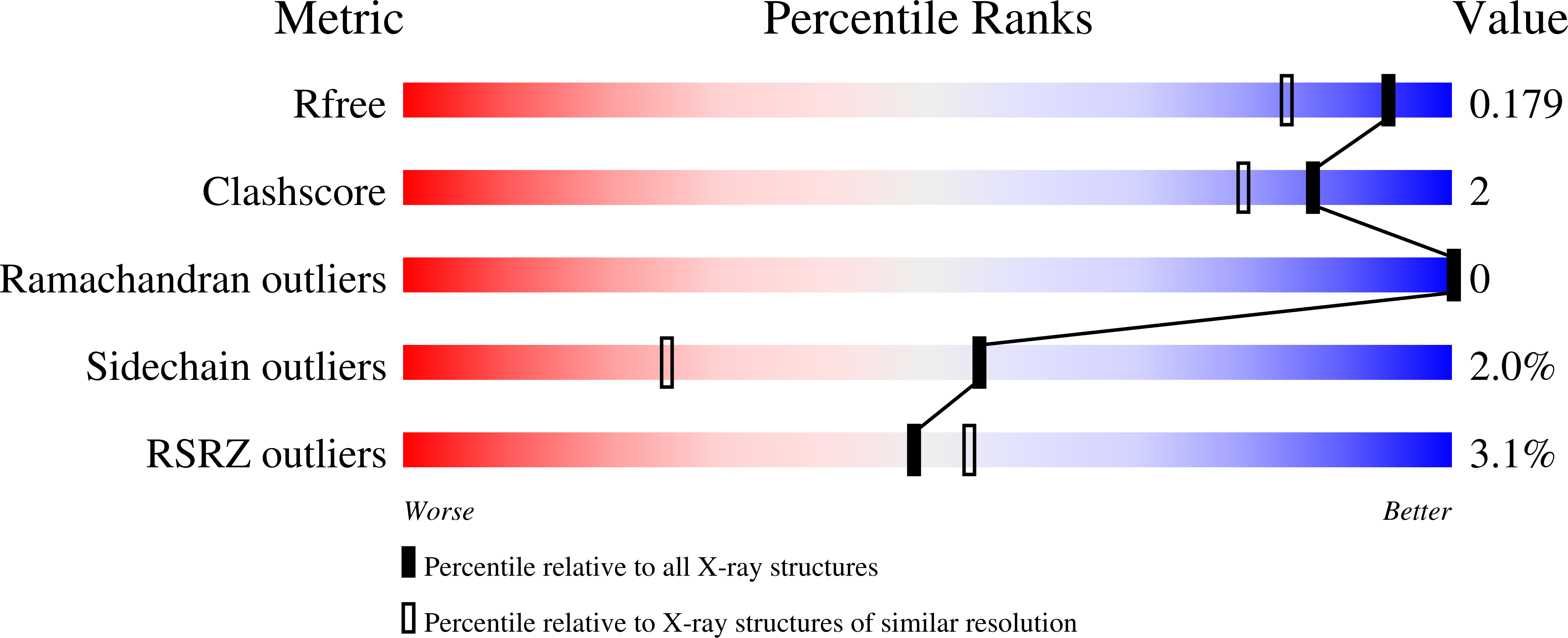
Deposition Date
2021-01-05
Release Date
2021-04-07
Last Version Date
2024-01-31
Entry Detail
PDB ID:
7BFY
Keywords:
Title:
Structure of the apo form of the N terminal domain of Bc2L-C lectin (1-131)
Biological Source:
Source Organism:
Burkholderia cenocepacia J2315 (Taxon ID: 216591)
Host Organism:
Method Details:
Experimental Method:
Resolution:
1.50 Å
R-Value Free:
0.17
R-Value Work:
0.14
R-Value Observed:
0.15
Space Group:
P 63


